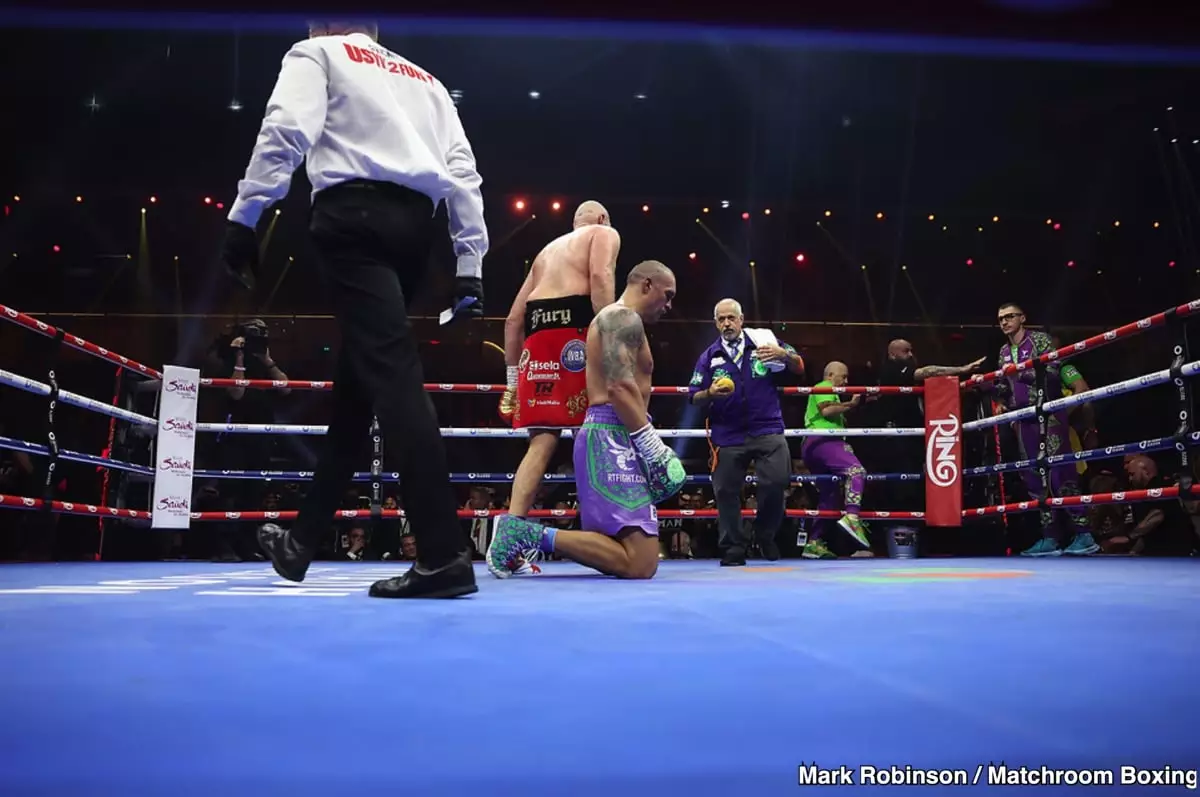The recent rematch between unified heavyweight champion Oleksandr Usyk and Tyson Fury has sparked various reactions from fans and analysts alike. The bout culminated in a unanimous decision victory for Usyk, whose skill and strategy were pivotal. The official scorecards read 116-112 across the board, reflecting a consensus among judges that Usyk outperformed Fury over the 12 rounds. In light of this, remarks by Turki Alalshikh, a notable figure in the boxing community, have caught public attention, especially concerning his perception of the fight’s dynamics.
Alalshikh expressed that he believed Usyk secured the victory by a margin of four points. However, his comments were not intended to undermine Fury’s performance. He acknowledged Fury’s efforts, stating that the former champion “gave everything” in the ring. Alalshikh’s insights highlight an essential aspect of boxing judgments: context matters. Fury’s tenacity and performance, albeit not victorious, provided him with a sense of respect and admiration within the boxing community—a sentiment mirrored by Alalshikh, who aims to support Fury regardless of the latter’s future decisions.
Moreover, Alalshikh indicated his readiness to collaborate with Fury should the latter choose to continue his boxing career. This shows a proactive approach to fostering talent within the sport, respecting the historical significance of boxers like Fury, who have contributed to its popularity and evolution.
Expert analysis from figures like Dillian Whyte has provided depth to understand the technical nuances of the fight. Whyte pointed out that Usyk’s ability to finish rounds strongly was integral to securing judges’ favor. He mentioned how fighters who consistently perform well at the end of each round tend to leave lasting impressions on judges’ scorecards. This observation speaks to the tactical evolution present in boxing today, where the closing moments of each round can sway what may seem like a close fight in one fighter’s favor.
The narrative forwarded by Whyte—that each fighter won certain rounds—reflects the complexity of boxing scoring. In fact, despite Fury’s beginnings in the early rounds, Usyk’s strategic execution and effective counter-punching allowed him to regain control and effectively dominate the mid and later rounds.
As the boxing community reflects on this significant rematch, the prospect of Usyk’s next steps remains an open dialogue. Alalshikh pointed to an impending heavyweight clash between IBF champion Daniel Dubois and Joseph Parker, which could influence Usyk’s future title defenses. The potential matchups that lie ahead present athletes with opportunities for greatness and legacy-building.
The rematch between Usyk and Fury not only showcased the flair of heavyweight boxing but also ignited discussions about athletic performance, mentorship, and strategic acumen in the ring. Through the insights shared by Alalshikh and commentators alike, it becomes clear that the sport is in a dynamic phase, ripe with potential yet deeply entrenched in tradition. As the dust settles on this iconic bout, all eyes will be eagerly watching to see how the heavyweight landscape evolves in the months to come.


Leave a Reply